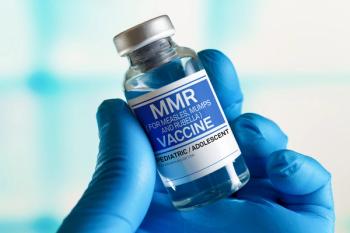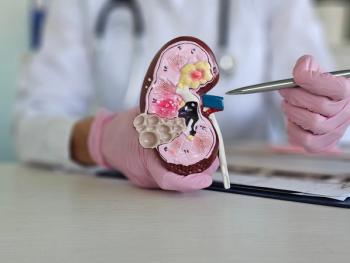
Medication Safety Win: No More Epinephrine Ratio Expressions
Starting in May 2016, the ratio expression format for certain single-entity drug labels will no longer be permitted.
Starting in May 2016, the ratio expression format for certain single-entity drug labels will no longer be permitted.1
As a result of this new development, labels for epinephrine, isoproterenol, and neostigmine will all be required to include mass concentrations. However, this change will not be made to labels for local anesthetics like lidocaine 1% and epinephrine combination solutions.
The new concentration notation is a welcome change for pharmacists and patients alike.
Confusion relating to epinephrine ratio expressions (1:10,000 vs 1:1000) has been associated with a number of medication errors over the years, some of which led to serious patient harm.2-8 In one controlled, non-patient care setting of a classroom, physicians were more likely to cause a drug administration error when epinephrine was labeled with ratio strengths, compared with mass concentrations (OR 13.4, 95% CI 2.2 to 81.7).9
The new epinephrine labeling will only be displayed as the mass concentration format that is used for virtually every other medication. For example, epinephrine 1:1000 injection will now be labeled as 1 mg/mL, while epinephrine 1:10,000 injection will be labeled as 0.1 mg/mL.
Meanwhile, isoproterenol 1:5000 injection will be expressed as 0.2 mg/mL, and neostigmine 1:1000 injection will be expressed as 1 mg/mL.
Certainly, this change will not prevent all medication errord, but it may tremendously help reduce their incidence.
References
1. Institute for Safe Medication Practices. Acute care medication safety alert newsletter, December 2015. https://www.ismp.org/Newsletters/acutecare/issue.aspx?id=1111. Accessed January 15, 2016.
2. Dybvik T, Halvorsen P, Steen PA. Accidental intravenous administration of 50 mg of racemic adrenaline in a 2-year-old boy. Eur J Anesthesiol. 1995;12:181-183.
3. Karch S. Coronary artery spasm induced by intravenous epinephrine overdose. Am J Emerg Med. 1989;7:485-488.
4. Novey HS, Meleyco LN. Alarming reaction after intravenous administration of 30 mL epinephrine. JAMA. 1969;207:243-246.
5. Horek A, Raine R, Opie LH, et al. Severe myocardial ischemia induced by intravenous adrenaline. BMJ. 1983;268:519.
6. Hall AH, Kulig KW, Rumack BH. Intravenous epinephrine abuse. Am J Emerg Med. 1987;5:64-65.
7. Ferry DR, Henry RL, Kern MJ. Epinephrine-induced myocardial infarction in a patient with angiographically normal coronary arterias. Am Heart J, 1986;111:193-195.
8. Kanwar M, Irvin CB, Frank JJ, et al. Confusion about epinephrine dosing leading to iatrogenic overdose: a life-threatening problem with a potential solution. Ann Emerg Med. 2010;55:341-344.
9. Wheeler DW, Carter JJ, Murray LJ, et al. The effect of drug concentration expression on epinephrine dosing errors: a randomized trial. Ann Intern Med 2008; 148:11-14.
Newsletter
Stay informed on drug updates, treatment guidelines, and pharmacy practice trends—subscribe to Pharmacy Times for weekly clinical insights.














































































































































































































